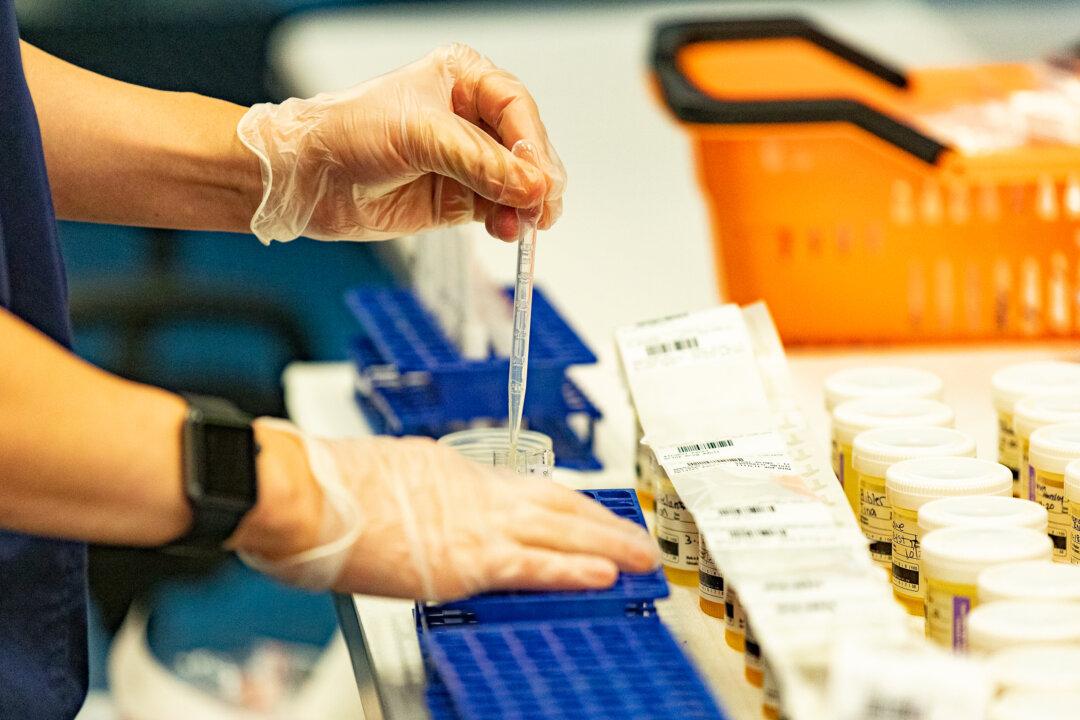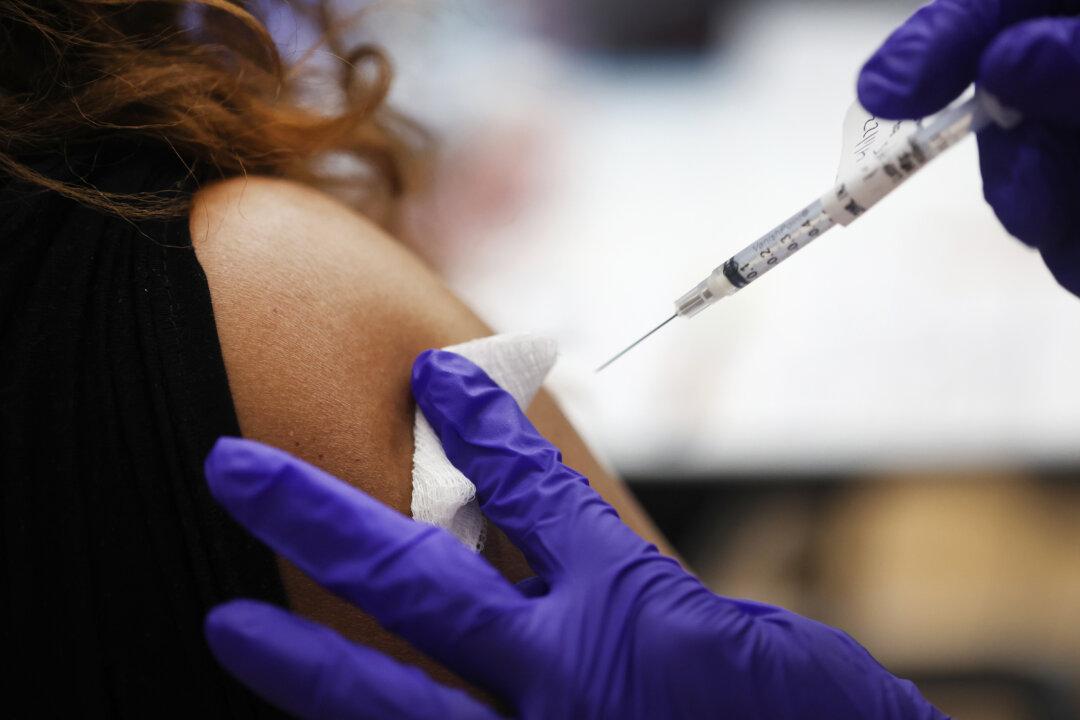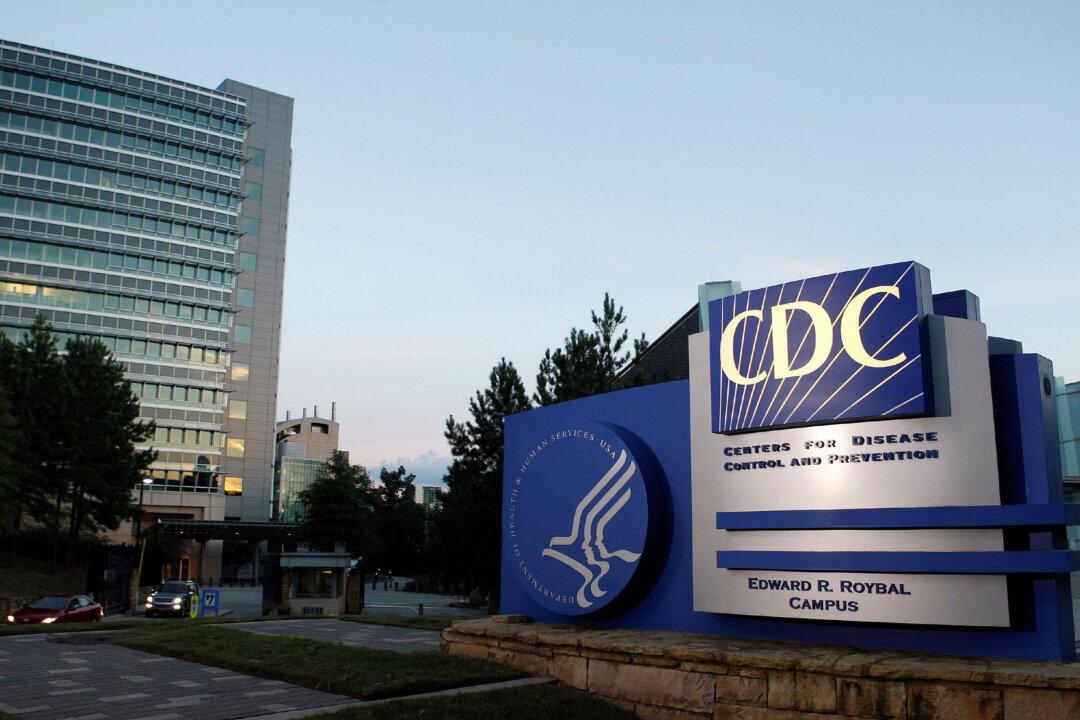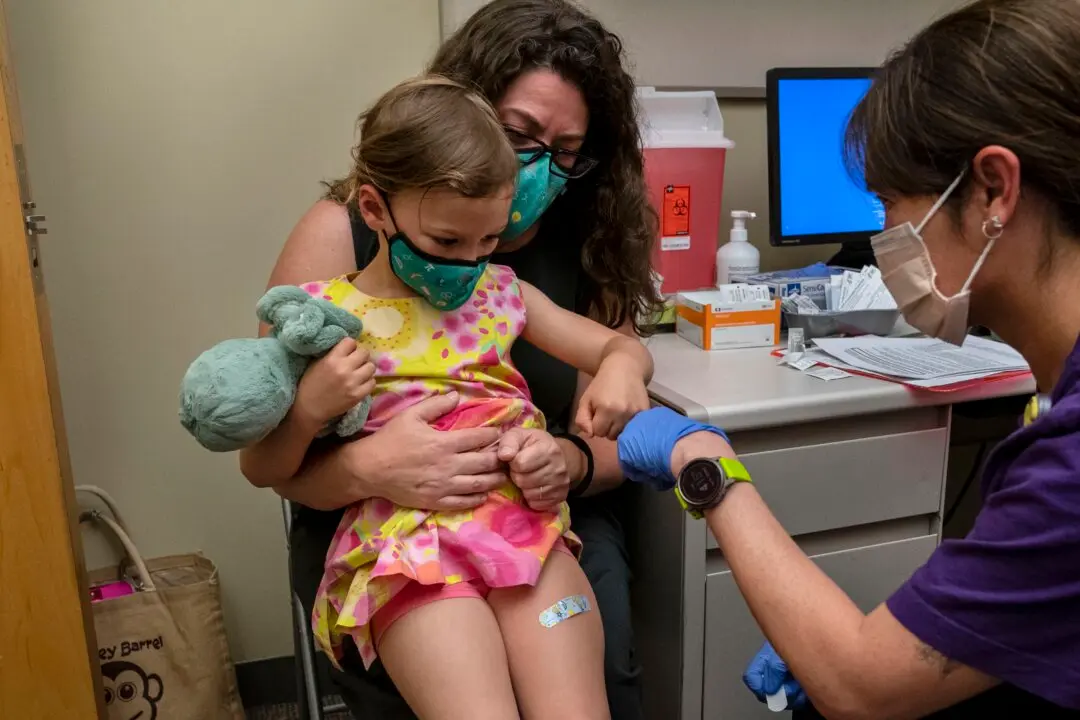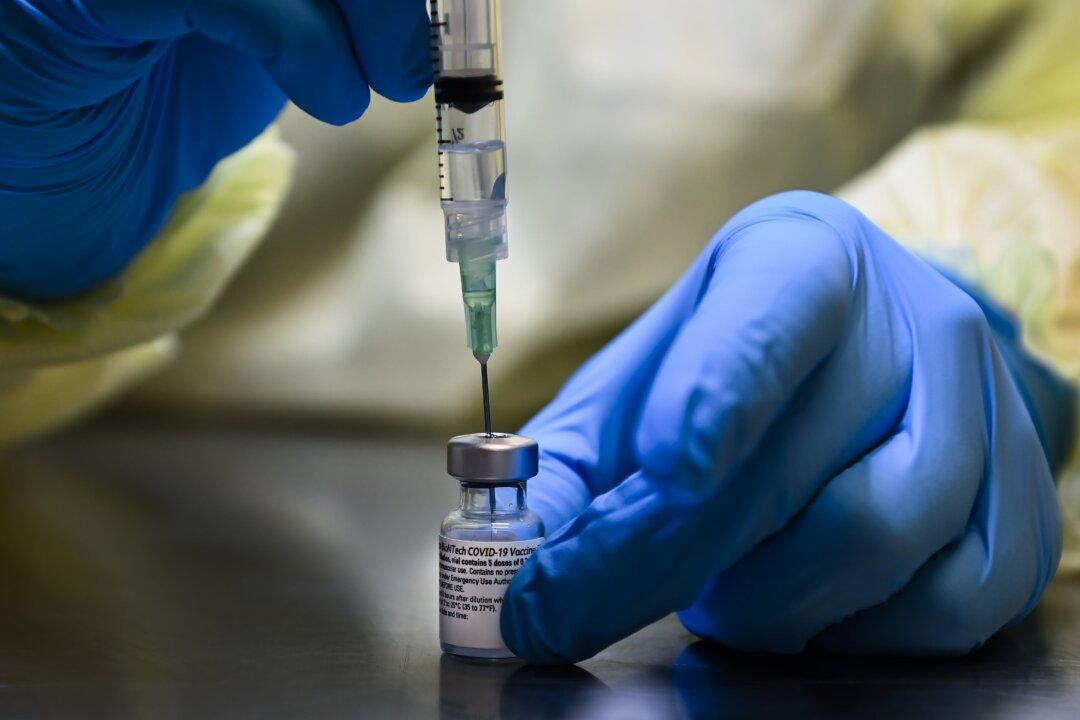News Analysis
Since the beginning of the CCP (Chinese Communist Party) virus pandemic, policymakers in the United States have relied heavily on the daily positive cases—confirmed by an RT-PCR test—in their policy decisions regarding when states can fully reopen.

